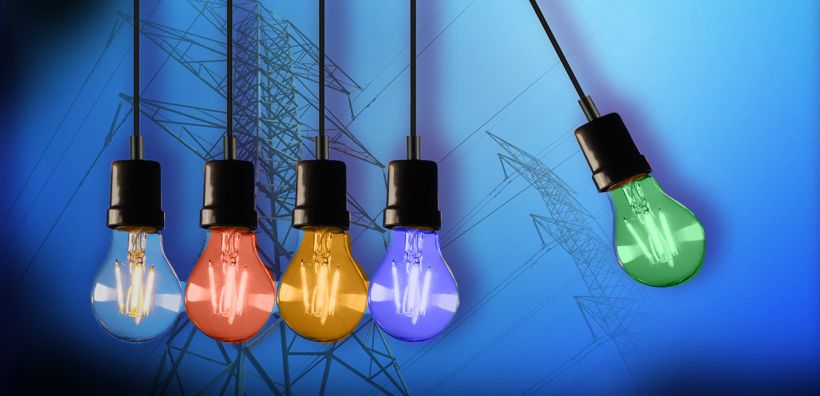Variable yellow tariffs offered by electricity suppliers through the country’s new color-coded tariff system, introduced January 1 to simplify price comparisons, were lower-cost options than their variable green-tariff alternatives in February, as was the case a month earlier – with the exception of one supplier.
Yellow and green tariffs are both variable tariffs, but the former represent a lesser risk for suppliers as their levels are set at the end of each month.
Variable yellow tariffs offered by electricity suppliers in February ranged between 10.9 cents and 13.43 cents per KWh, averaging 11.86 cents per KWh.
Variable green tariffs were 10 percent higher in February, averaging 13.1 cents per KWh. They ranged between 11 cents per KWh and 14.65 cents per KWh.
As a result of this price gap between green and yellow variable tariffs, the majority of consumers establishing new supply agreements are opting for yellow tariffs.
Consumers were given until the end of 2023 to choose tariff category or be automatically placed in the green tariff category on January 1, when the new color-coded tariff system was introduced. A fixed blue tariff category was also introduced.
Despite the slightly lower cost of yellow variable tariffs, green tariffs have remained low enough to keep consumers settled.





